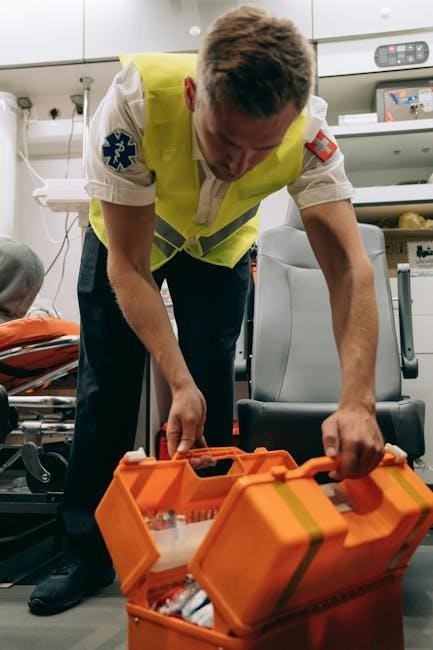Overview of En1789 European Ambulance Standard
The En1789 European Ambulance Standard is a set of guidelines that outlines the requirements for ambulance design and construction. This standard aims to provide a practical degree of standardization for ground ambulances, ensuring safety, comfort, and accessibility for patients. The standard establishes minimum requirements, performance parameters, and essential criteria for ambulance design, including factors such as vehicle length, headroom, and width. According to the standard, the length of an ambulance can range from 14 to 17 feet, while the headroom can vary from 68 to 74 inches. The standard also emphasizes the importance of proper packaging and transportation of ambulances to prevent damage during delivery and transit storage. By following this standard, ambulance manufacturers can ensure that their vehicles meet the necessary safety and comfort standards, ultimately providing better care for patients. This standard is widely adopted in Europe and is considered a benchmark for ambulance design.

Key Components of Ambulances
General Characteristics of Ambulances
The general characteristics of ambulances include a specific design and layout, with features such as a patient compartment, medical equipment, and communication devices, all of which are essential for providing emergency medical care.
The characteristics of ambulances also depend on the type of ambulance, with different types having different features and equipment, such as emergency ambulances, patient transport ambulances, and mobile intensive care units.

Safety and Comfort Features
Minimum Requirements for Ambulance Design
The minimum requirements for ambulance design are established to ensure a practical degree of standardization, focusing on safety, comfort, and avoidance of aggravation of the patient’s injury or illness.
These requirements include specific dimensions, equipment, and features that must be met to provide a safe and comfortable environment for patients and medical staff.
The design of the ambulance must also take into account the needs of different types of patients, including those with disabilities or special needs. The minimum requirements for ambulance design are an essential aspect of ensuring that ambulances are safe, effective, and meet the needs of patients and medical staff, and are used in conjunction with other standards and regulations.
Performance Parameters and Essential Criteria
Standardization of Ground Ambulances
This involves setting minimum requirements for performance parameters and essential criteria, such as speed, capacity, and medical equipment, to provide a practical degree of standardization. Standardization also helps to facilitate communication and cooperation between different countries and organizations, which is critical for providing effective emergency medical services, and for improving the overall quality of care provided to patients.
By establishing common standards, ground ambulances can be designed and equipped to meet the needs of patients and medical personnel, while also ensuring safety and efficiency, and reducing the risk of accidents and errors.

Physical Dimensions of Ambulances
Length, Headroom, and Width of Ambulances
The length of an ambulance can range from around 14 feet to 17 feet, with the headroom varying from 68 inches to 74 inches, and the width usually between 90 and 100 inches.
This variation in dimensions is due to the different chassis and designs used by manufacturers, as well as the inclusion of exterior side warning lights.
The specific dimensions of an ambulance are crucial in ensuring that it can navigate through tight spaces and accommodate the necessary medical equipment and personnel. The length, headroom, and width of ambulances are all important factors to consider when designing and building these vehicles, and must be carefully planned to ensure maximum safety and efficiency.
Overall, the dimensions of an ambulance play a critical role in its overall functionality and effectiveness.
Packaging and Transportation of Ambulances
Responsibilities of Bidders and Vendors
The bidder or vendor is responsible for ensuring that all shipments are properly packaged to prevent damage during transit and storage, using appropriate materials and techniques to safeguard the ambulance and its equipment. This includes providing import documents from the country of origin, which must be compliant with relevant regulations and standards. The vendor must also guarantee that the ambulance meets the required specifications and features, as outlined in the standard, and that it is delivered in a timely and efficient manner. The responsibilities of bidders and vendors are crucial in ensuring that the ambulance is delivered safely and that it meets the necessary standards, and they must be carefully considered and evaluated during the procurement process to ensure compliance with the standard and regulations. The vendor must provide all necessary documentation and support to facilitate the delivery and deployment of the ambulance.

